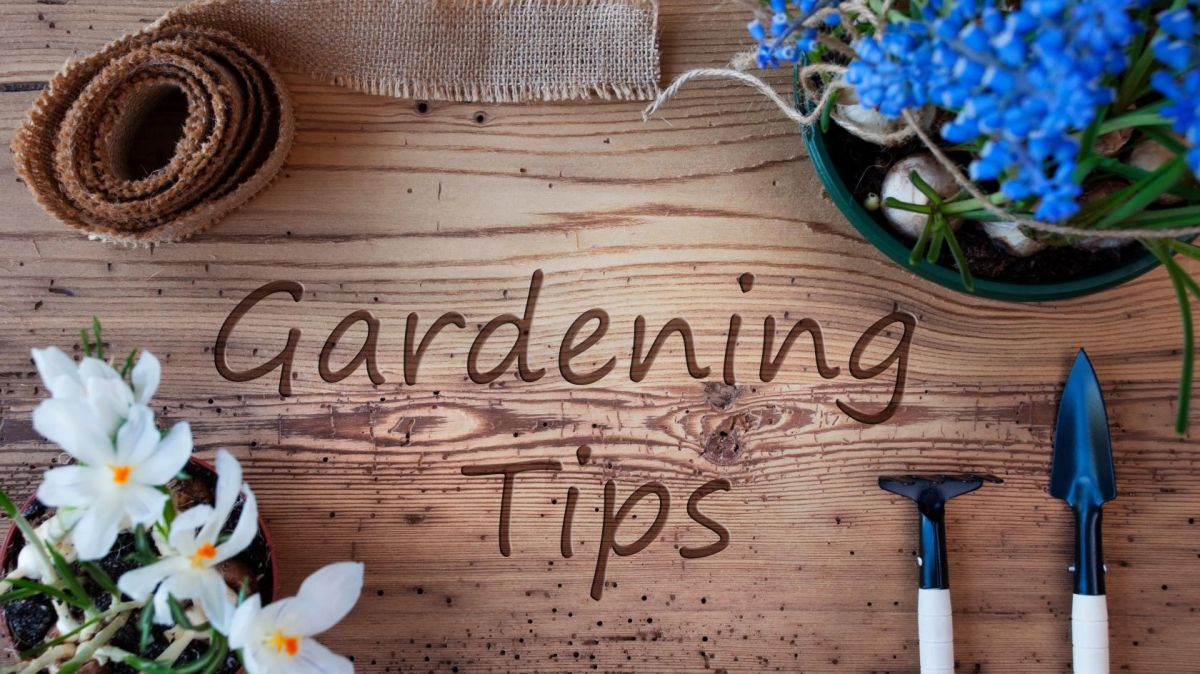Portuguese summers are renowned for being dry, hot and sunny, so plants should be chosen that do well in these conditions. Cacti and succulents are the obvious first choice to my mind, and will create a green blanket in a variety of forms and shapes, but sometimes you might crave for some colour, whether it be leaves or flowers. Make your garden your happy place with a rainbow of colour. Bouganvilleas are an obvious first, but there are others to consider.
Aeoniums
These will create an ever-changing crop of green to purply-black leaves, and is a vigorous grower for both pots and flowerbeds. Easy to keep and to propagate, they are among the best plants to create jaw-dropping displays. Not only are they drought-tolerant and low-maintenance, they also come in a multitude of colours, sizes, and forms, making them an easy all-around plant to work with.
Christmas or Easter Cactus
These do particularly well in pots, and will flower in colours from white to red, and almost everything in between. While they are commonly referred to as the Christmas cactus, there are several different types sold: the Thanksgiving cactus (Schlumbergera truncate), the Christmas cactus, (Schlumbergera x buckleyi and Schlumbergera bridgesii) and the Easter/Spring cactus, (Rhipsalidopsis gaertneri). These are known as short day plants, and are more than easy to keep and to propagate. A little fussy about water and sun, but overall, the delicate blooms are worth waiting for, even though they are short-lived.

Prickly beauties
Many cacti have serious looking spikes on them – some even have deadlier-looking hooks - and can be a defence mechanism to discourage herbivores (animals that eat plants) from eating them. But the spines create shade, and some spikes have evolved into a quite decorative hair-like covering, to protect from both the sun and cold, and all are good for growing in the heat. Just check you don’t have animals who might get stabbed while noseying around the garden, so choose planting locations with care. Nevertheless, some of these come in a variety of colours, and some will produce flowers almost as big as themselves, and those that bloom at night sometimes have a fragrance too, where they produce smells as a coping mechanism for not being visible enough for pollinators to find them.
Abelmoschus esculentus
Although a mouthful on its own, in reality is a proper mouthful – it’s the official name of Okra, or Lady’s Fingers, and boasts hibiscus-like flowers, 5cm-7cm across, in shades of yellow, pink, orange and red, with contrasting centres. After blossoming, the flowers give way to fruit capsules that can be eaten fresh or dried, and apparently the leaves, flower buds and calyces can be cooked as greens.
Traditional colour for the garden
Geraniums are typically found all over the Mediterranean region, and come in many colours and varieties, and will likely bloom most of the year. For success with geraniums, you need to know what kind you have so you can choose the best spot for planting. Most annual geraniums need a spot in full sun, except for the ivy geranium, which grows best in light shade. Perennial geraniums, on the other hand, grow in either sun or shade, depending on the type.

Lantana
These are a colourful shrub, that just carry on blooming all summer, starting in the spring. Ranging from pink, orange and yellow, Lantana camera genus will make a stunning hedge, and will attract many pollinators. Just bear in mind that It forms dense thickets of flowers, blocking sunlight and consuming available water and nutrients, leaving little for native plants. It can stand a brutal pruning to control growth and will soon grow back, but beware, it is considered an invasive species in Portugal because it is difficult to control and will invade where it thrives by competition and recruitment.
Echinacia
Commonly known as Coneflower, these are a genus from the daisy family. They come in a variety of pretty colours from purple, pink, white and yellow, and can have single or double rows of petals. They have long been known to have health benefits, and are said to be a natural antibiotic.
Marilyn writes regularly for The Portugal News, and has lived in the Algarve for some years. A dog-lover, she has lived in Ireland, UK, Bermuda and the Isle of Man.















